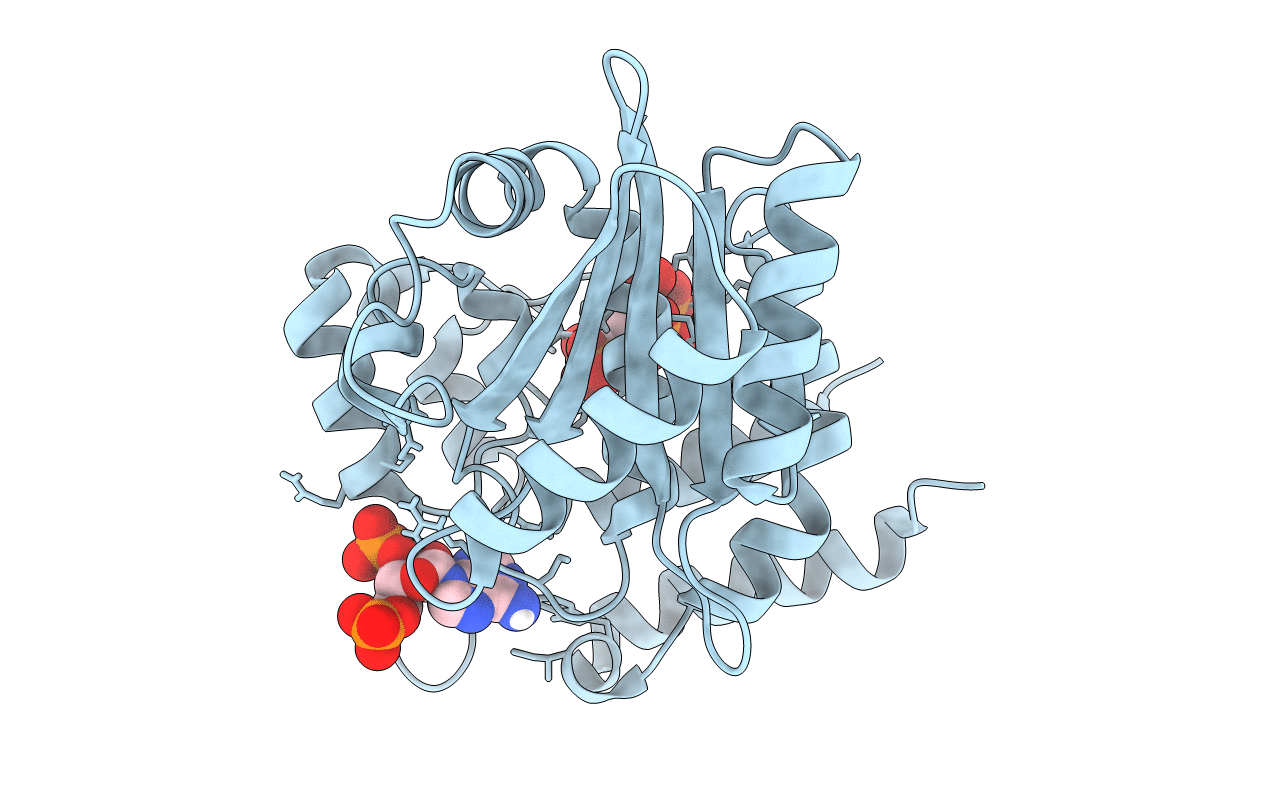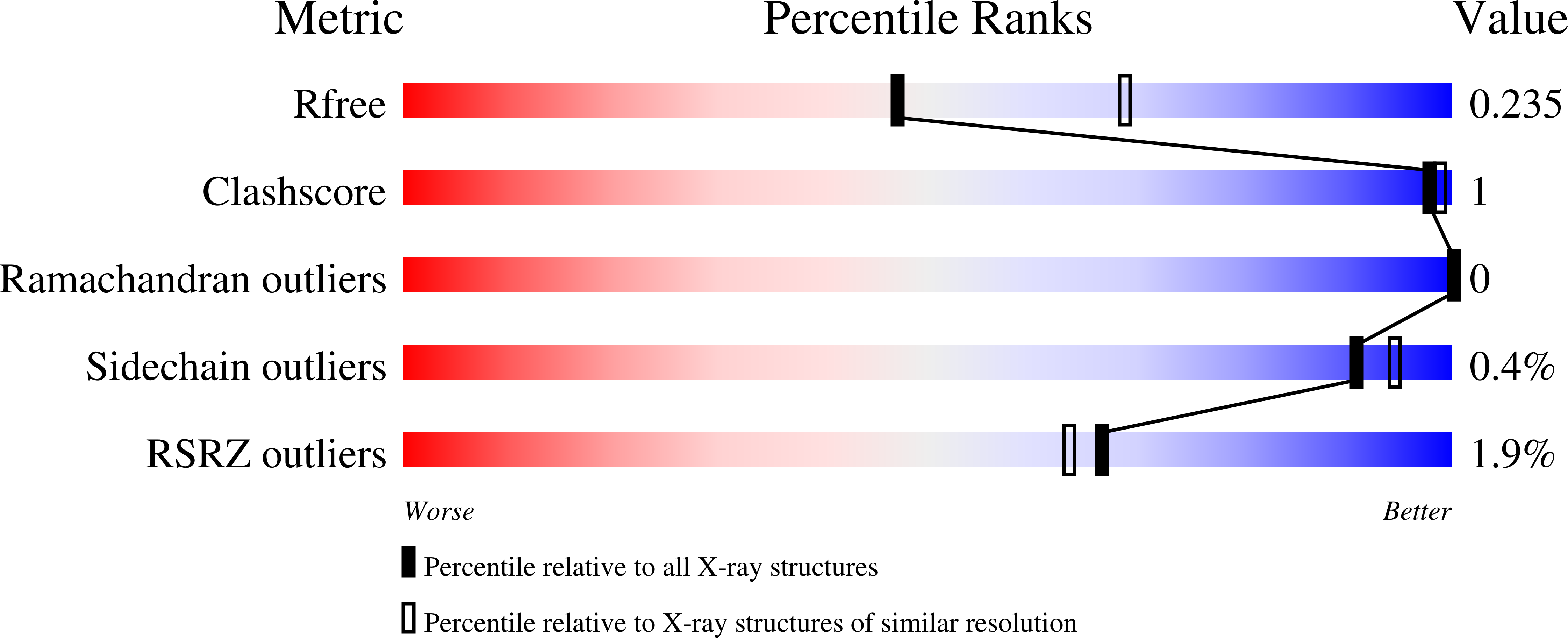
Deposition Date
2017-10-24
Release Date
2018-08-01
Last Version Date
2023-10-04
Entry Detail
Biological Source:
Source Organism:
Salmonella typhimurium (strain 4/74) (Taxon ID: 909946)
Host Organism:
Method Details:
Experimental Method:
Resolution:
2.44 Å
R-Value Free:
0.23
R-Value Work:
0.18
R-Value Observed:
0.18
Space Group:
P 31 2 1


